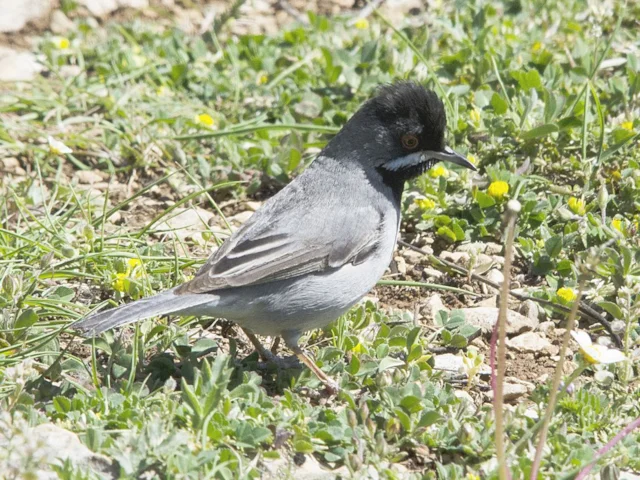Turkey to get its first bird atlas
41bbbb2e-0e84-4f51-a83e-2ae9cece5a56

The country of Turkey – the Western Palearctic's crossroads to Asia – is to begin assembling its first bird atlas over the next three years.
Turkey is one of the most fascinating countries in the Western Palearctic for birders: the location of the country at the crossroads of three continents has resulted in extremely diverse habitats and bird species.
Charismatic, rare and endangered species such as Yelkouan Shearwater, White-headed Duck, Purple Swamphen, Caspian Snowcock, See-see Partridge, Audouin's Gull, Great Spotted Cuckoo, Brown Fish-owl, Pallid Scops-owl, four species of vulture, Rüppell’s Warbler, White-throated Robin and Krüper’s Nuthatch are found here – either breeding or stopping over during their migration.
In spite of its rich biodiversity, bird studies and conservation only started in earnest there in the early 1990s, while Doga Dernegi – the BirdLife Partner in Turkey – began work there in 2002. But while some surveys were undertaken in several smaller areas, the country as a whole has never been fully covered. All that changed in 2014, when Turkey was invited to be a part of the second European Breeding Bird Atlas.
Over the next three years, a group of Turkish birders will help to collect breeding bird information in representative squares in the country, in collaboration with the European Bird Census Council (EBCC). Particularly important areas will be marked on a grid so that all the ground is covered systematically. This study will shed light on the distribution and abundance of breeding bird species, and help improve bird conservation in the country.
BirdLife have asked both Turkish birders and conservationists, and those visiting the country, to help complete as many squares as possible over the coming years. Access to large parts of the country is still considered safe, so if you are planning a birding holiday next spring to Turkey and are willing to contribute your data or – even better – spend three days to count one square, please contact the Turkish Atlas Team at kusatlasi@gmail.com.
Turkey is one of the most fascinating countries in the Western Palearctic for birders: the location of the country at the crossroads of three continents has resulted in extremely diverse habitats and bird species.
Charismatic, rare and endangered species such as Yelkouan Shearwater, White-headed Duck, Purple Swamphen, Caspian Snowcock, See-see Partridge, Audouin's Gull, Great Spotted Cuckoo, Brown Fish-owl, Pallid Scops-owl, four species of vulture, Rüppell’s Warbler, White-throated Robin and Krüper’s Nuthatch are found here – either breeding or stopping over during their migration.
In spite of its rich biodiversity, bird studies and conservation only started in earnest there in the early 1990s, while Doga Dernegi – the BirdLife Partner in Turkey – began work there in 2002. But while some surveys were undertaken in several smaller areas, the country as a whole has never been fully covered. All that changed in 2014, when Turkey was invited to be a part of the second European Breeding Bird Atlas.
Over the next three years, a group of Turkish birders will help to collect breeding bird information in representative squares in the country, in collaboration with the European Bird Census Council (EBCC). Particularly important areas will be marked on a grid so that all the ground is covered systematically. This study will shed light on the distribution and abundance of breeding bird species, and help improve bird conservation in the country.
BirdLife have asked both Turkish birders and conservationists, and those visiting the country, to help complete as many squares as possible over the coming years. Access to large parts of the country is still considered safe, so if you are planning a birding holiday next spring to Turkey and are willing to contribute your data or – even better – spend three days to count one square, please contact the Turkish Atlas Team at kusatlasi@gmail.com.

